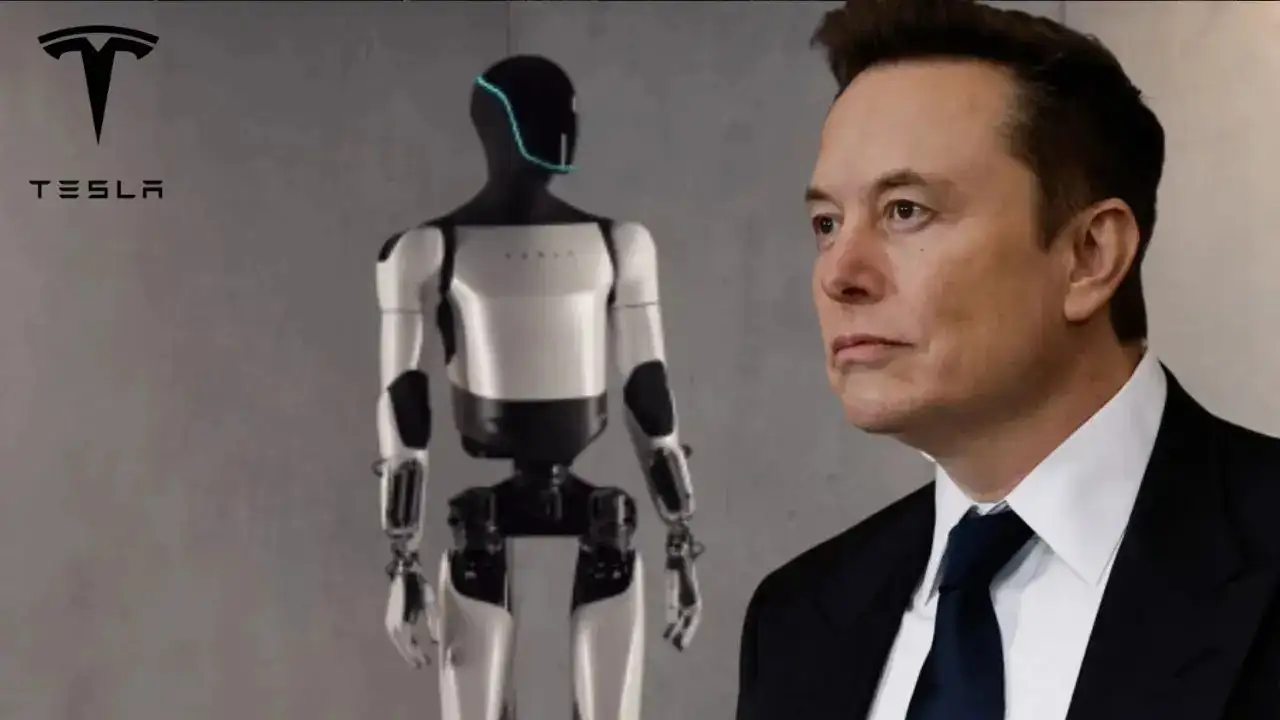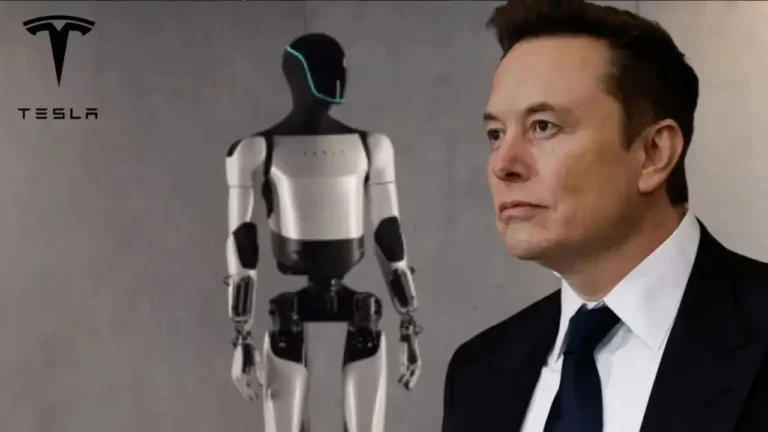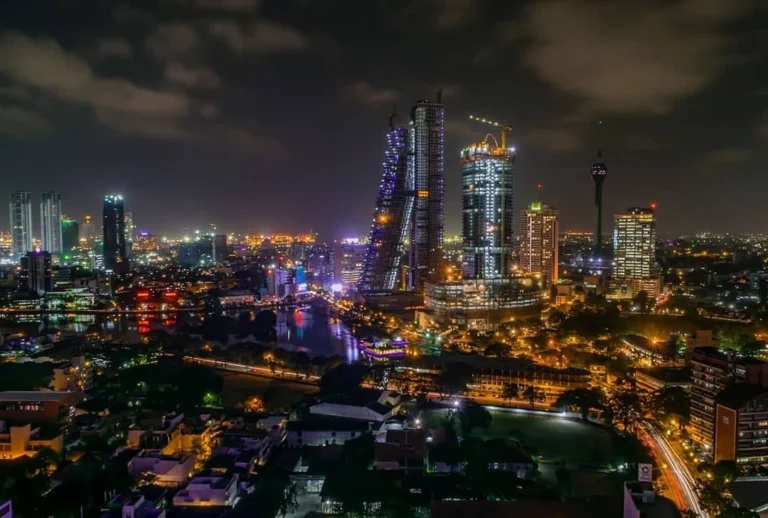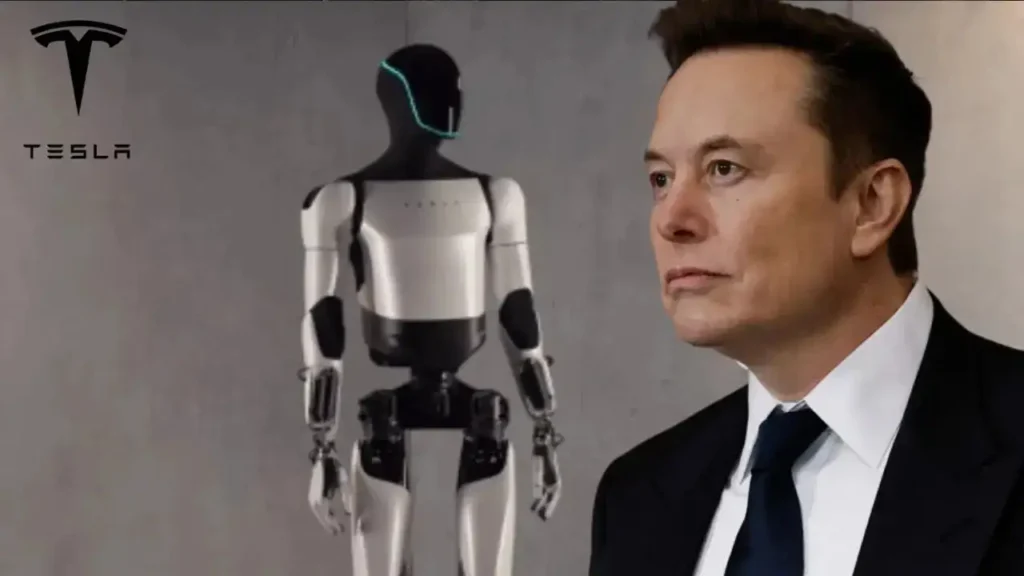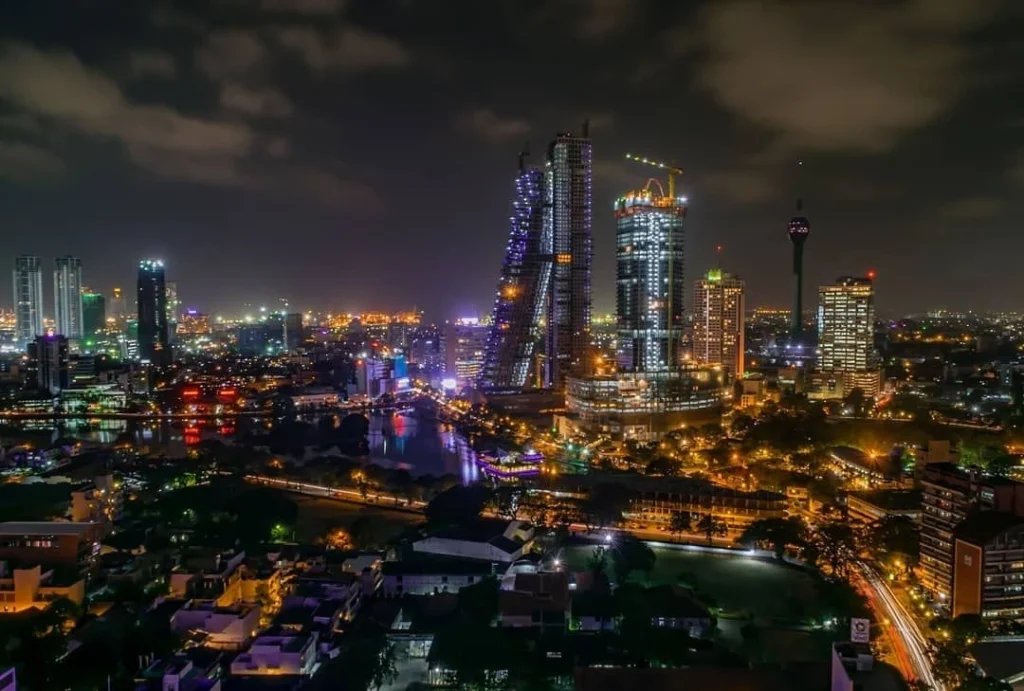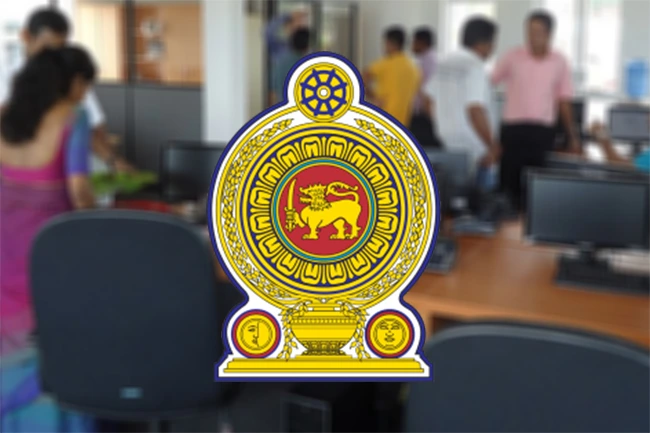In a world increasingly shaped by technological advancements, the recent UP.Summit 2025 in Bentonville, Arkansas, provided a fascinating glimpse into the future of artificial intelligence and robotics. Among the highlights was Tesla’s Optimus robot, which captivated attendees with its seamless interaction and confident demeanor during a moderated discussion. This event, part of a broader showcase of innovation, underscored the rapid progress in humanoid robotics and its potential to transform various industries.
The UP.Summit, known for bringing together thought leaders and visionaries, featured a series of talks and demonstrations that explored the intersection of technology and human endeavor. One particularly striking moment occurred during a session where Optimus, Tesla’s general-purpose robotic assistant, engaged in a dialogue with SpaceX Vice President of Launch Operations Kiko Dontchev and Tesla’s Chief Designer Franz von Holzhausen. The robot’s ability to answer a complex question about mountain biking experts with precision and ease highlighted the advancements in natural language processing and physical robotics.
Optimus, first unveiled by Tesla in 2021, has been a focal point of the company’s ambitious plans to integrate AI into everyday life. Designed to perform tasks that are repetitive, dangerous, or undesirable for humans, the robot represents a significant step towards autonomous, intelligent machines. At the summit, Optimus demonstrated not just its technical capabilities but also its potential for social interaction, a critical aspect of its development.
The discussion began with an introduction of the panelists, setting the stage for a broader conversation about innovation in space exploration and automotive design. As the session progressed, the moderator posed a seemingly light-hearted yet challenging question: “Who’s better at mountain biking, Tom or Stuart Walton?” This query, referencing two well-known figures in the mountain biking community, tested Optimus’s ability to process and respond to nuanced, context-dependent information.
Without hesitation, Optimus delivered a response that was both informative and engaging. It acknowledged the legendary status of Tom Walton in the mountain biking world, noting his contributions to building epic trails around Bentonville. However, it also gave credit to Stuart Walton, describing him as no slouch and a legend in his own right for pushing the sport forward. The robot’s answer was not just technically accurate but also socially adept, blending facts with a touch of humor and respect for both individuals.
This interaction was more than a mere demonstration of AI capabilities; it was a testament to the potential of humanoid robots to engage in meaningful conversations. Optimus’s performance suggested a future where such machines could assist in a variety of settings, from customer service to educational environments, enhancing human experiences rather than replacing them. The robot’s calm, precise, and confident demeanor, as noted by observers, contrasted sharply with the potential for human error, fatigue, or emotional bias, highlighting a key advantage of AI in certain contexts.
The event at UP.Summit 2025 also reflected broader trends in the tech industry
Tesla’s Optimus is part of a growing ecosystem of humanoid robots being developed by companies worldwide. These machines are increasingly designed to work alongside humans, leveraging advanced sensors, machine learning algorithms, and real-time vision systems to navigate complex environments. The summit’s focus on community and collaboration mirrored the ethos of these technologies, which aim to augment human capabilities rather than supplant them.
Tesla's Optimus Robot defines what first principles is:
— Sawyer Merritt (@SawyerMerritt) October 21, 2025
"It's like boiling things down to the atomic level, and rebuilding from scratch. Elon loves this approach. It's how we innovate at Tesla and SpaceX."
(via Up.Summit 2025) pic.twitter.com/dMcTHagANY
However, the demonstration was not without its skeptics. Some attendees and online commentators pointed out that Optimus’s performance might have been teleoperated, a common practice in early-stage robotics to ensure reliability during public demonstrations. This perspective aligns with Tesla’s own roadmap, which includes plans for full production of Optimus by 2026, indicating that the technology is still evolving. Despite this, the event underscored the rapid progress being made and the potential for future iterations to achieve greater autonomy.
The implications of such advancements are profound. In the realm of entertainment, for instance, robots like Optimus could revolutionize how we experience events, from film premieres to live performances. Earlier in the year, Optimus made headlines at the premiere of “TRON: ARES,” where it interacted with attendees and even attempted a playful exchange with actor Jared Leto, blending AI technology with the glamour of Hollywood. Such instances suggest a future where robots are not just tools but active participants in cultural and social spaces.
In the business world, the potential applications are vast. Optimus could assist in manufacturing, logistics, and even healthcare, performing tasks that require precision and endurance. The robot’s ability to learn and adapt through machine learning algorithms means it can improve over time, becoming more efficient and capable with each interaction. This adaptability is crucial for industries looking to integrate AI without overhauling existing workflows.
Yet, as with any technological leap, there are challenges and ethical considerations. The integration of AI into daily life raises questions about privacy, job displacement, and the nature of human-robot interactions. Events like UP.Summit 2025 provide a platform for these discussions, fostering a dialogue between technologists, policymakers, and the public. The goal is not just to advance technology but to ensure it serves humanity’s best interests.
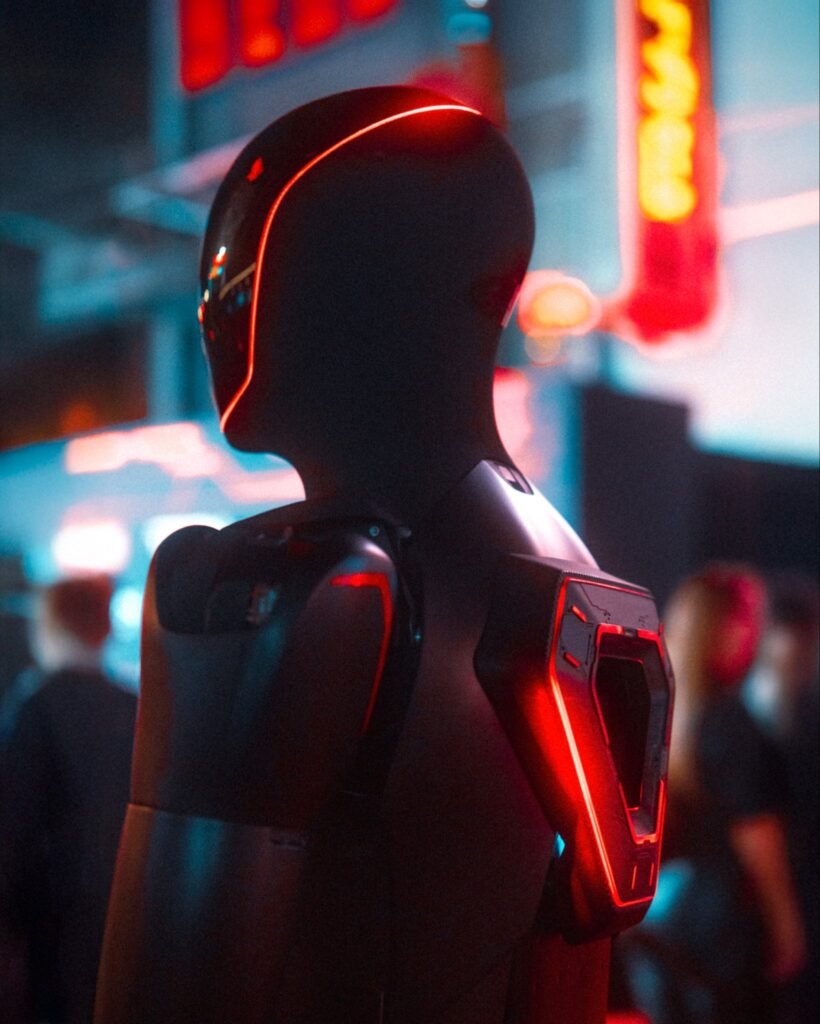
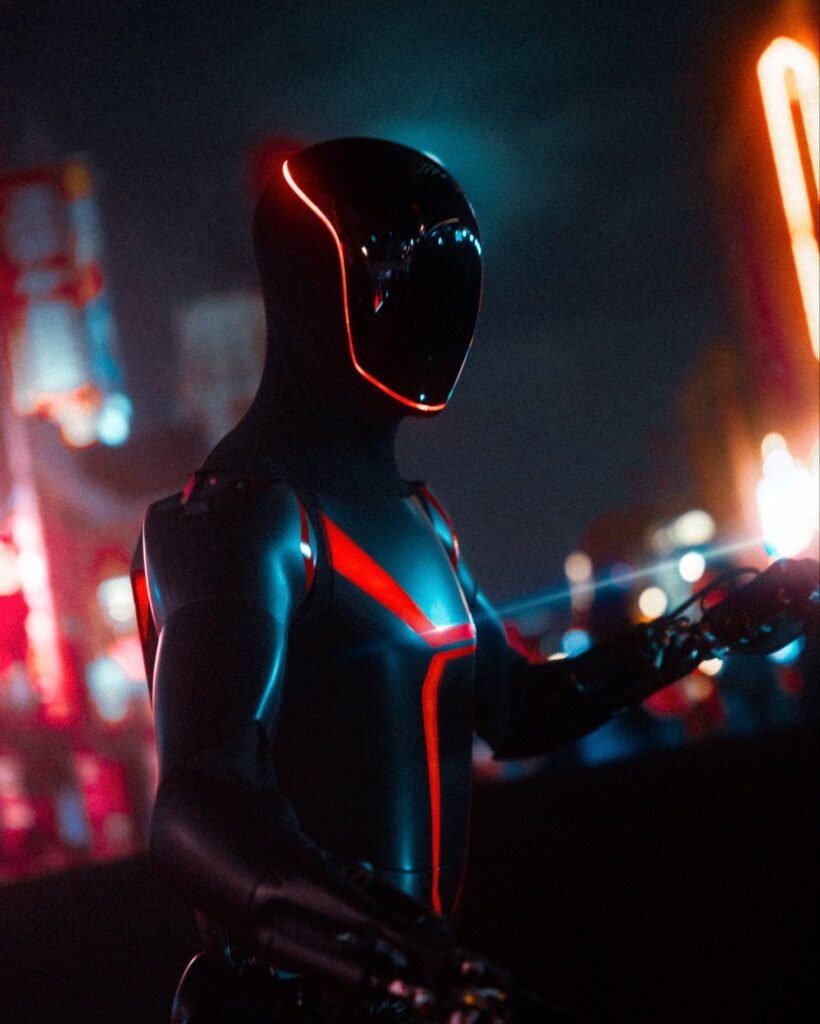
Looking ahead, the trajectory of humanoid robotics is both exciting and uncertain. Tesla’s Optimus, with its blend of advanced AI and physical presence, represents a beacon of possibility. As the technology matures, it could redefine how we work, play, and interact with the world around us. The UP.Summit 2025 served as a reminder that while the future is not yet here, it is undeniably on the horizon, shaped by the innovations we embrace today.
In conclusion, Tesla’s Optimus robot at UP.Summit 2025 was more than a technical showcase; it was a harbinger of a new era. The event highlighted the potential for AI to enhance human capabilities, foster community, and push the boundaries of what is possible. As we move forward, the challenge will be to balance innovation with responsibility, ensuring that the march of progress benefits all of humanity. The journey of Optimus and its counterparts is just beginning, but it is already clear that the future of AI and robotics will be as transformative as it is inevitable.

